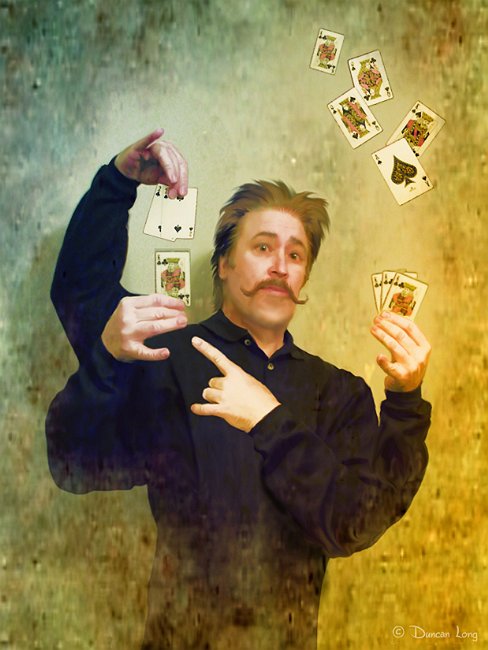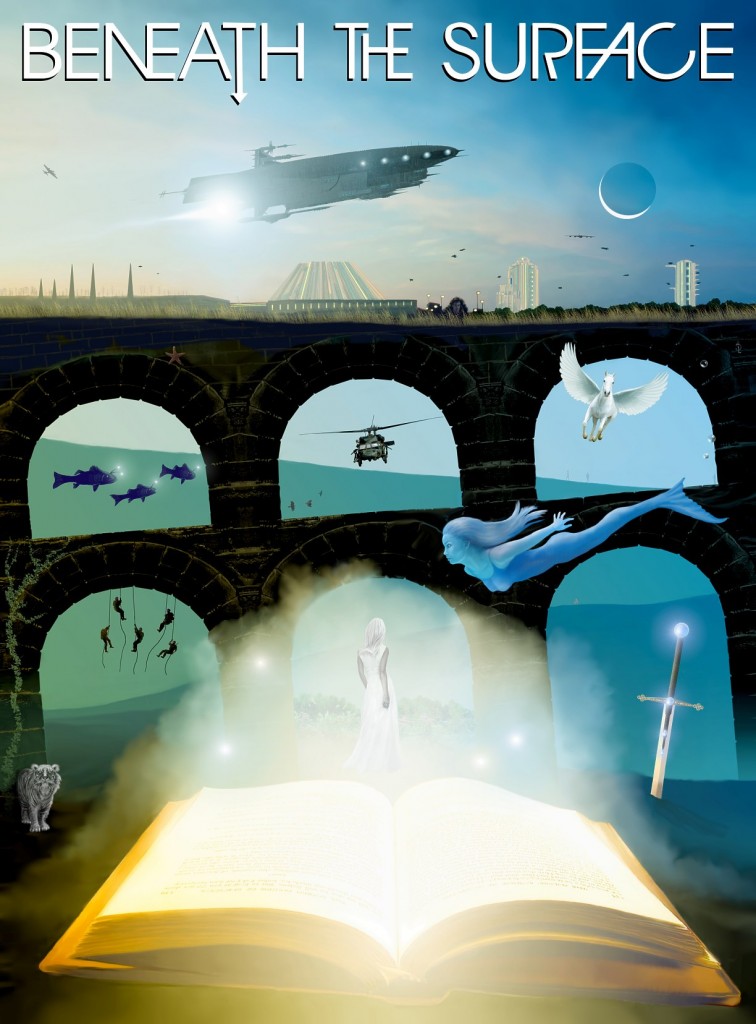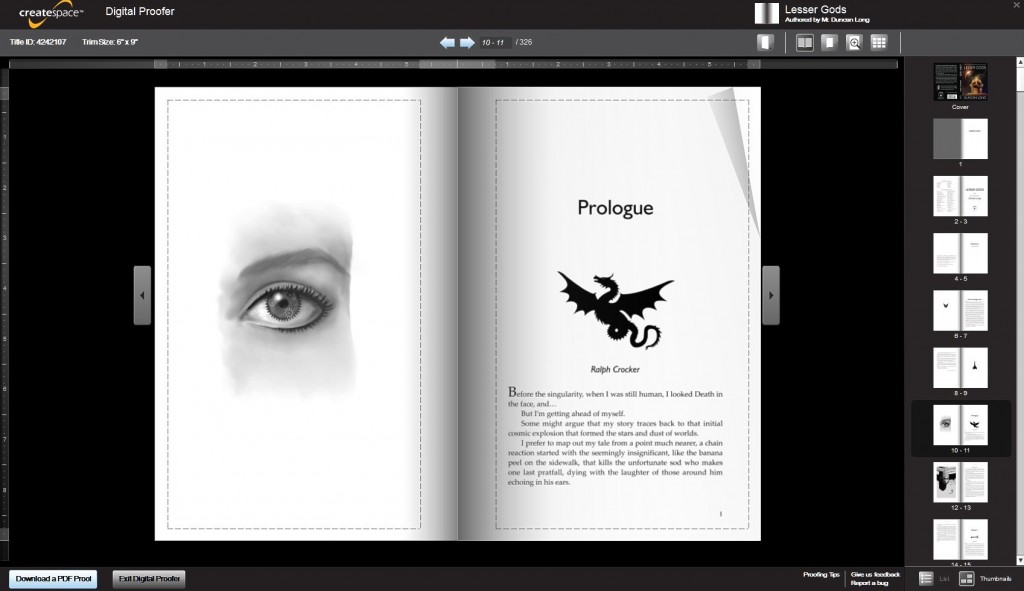
I’m no lawyer. But I have signed at least a thousand publishing contracts of one sort or another over the decades I’ve been working in the publishing business. And during that time I’ve dodged a few potential pitfalls that writers and artists can face in contracts. (Up front, let me say that before you sign any contract, it’s wise to spend a few bucks and have a lawyer read it over; this can save you no end of heartache in the long run.)
Sometimes a legal term in a contract can pack a lot of punch while sounding very innocuous.
One such case in US (and most other nations) is the phrase “work for hire” as it applies to copyrights. The phrase sounds innocent. Someone is hiring you to do some work for them, right?
But “work for hire” in a contact has a much different meaning. And put into a contract where it doesn’t places all parties involved at risk of becoming embroiled in an expensive lawsuit.
With writing or artwork, “work for hire” means the person is no longer buying some rights to your work but rather gaining complete ownership of the copyright. He gets every stitch of what you’ve done on the project, and all rights to it — including the right to claim it as his own as if he created it. You can’t even legally show the work in your portfolio or claim it in your resume!
In the case of an artist creating a book cover illustration, rather than just assigning the rights to the picture to the client, if there’s a work-for-hire clause in the contract, it means the illustrator also has to turn over all sketches, paintings created in relation to the project, computer files, etc. Anything used to get to the final picture or its spinoffs, used in the project or not, belongs to the client.
Likewise, a writer has to turn over all notes, rough drafts, and computer files created in writing the book or article.
“Work for hire” used inappropriately can also lead to the whole contract being invalidated or having to be sorted out in court when “work for hire” has been added where it doesn’t belong.
Sadly many people employing this phrase in contracts really do so for no good reason since it’s so easy to simply outline the rights being assigned in a business agreement. A contract that outlines which specific rights are being purchased lets everyone know what is being sold and what is being retained by the creator of the work.
Obviously if you’re a writer or artist, you should treat the “work for hire” in a contract a bit like a landmine in the road. Sadly, less ethical folks do exploit “work for hire” as a way to trick artists or writers into assigning all the rights of their work over to a client without realizing they are doing so.
So when does “work for hire” belong in a contract?
Generally when a client is asking you to create either a part of a greater whole (like an entry in an atlas or encyclopedia), or when the work involves characters or trademarks to which the client owns the rights (say a book cover illustration produced for Disney with one of its characters in the artwork).
Here’s the parameters of where “work for hire” applies (taken from page 110 of the very useful American Institute of Graphic Arts’ STANDARD FORM OF AGREEMENT FOR DESIGN SERVICES):
Discussions with your client about independent contractor status and about ownership and use of project deliverables are sometimes complicated by confusion over the related concept of work-for-hire.
This phrase comes from U.S. copyright law. It refers to original work made by an employee within the scope of his or her job, in which copyright ownership automatically belongs to the employer. However, it can also refer to original work made by an independent contractor or a design firm, in which copyright ownership might automatically belong to the client. This is ONLY true if the work meets very specific criteria — it must be specially ordered or commissioned, AND it must fall within one of nine categories:
■ A contribution to a collective work (such as a magazine, an anthology or an encyclopedia)
■ A work that is part of a motion picture or other audiovisual work (such as a website or multimedia project)
■ A translation
■ A supplement prepared as an adjunct to a work created by another author (such as a foreword, an appendix or charts)
■ A compilation (a new arrangement of pre-existing works, such as
a catalog)
■ An instructional text (whether it is literary, pictorial or graphic)
■ A test
■ Answer material for a test
■ An atlas
Also, a written agreement must be signed by both parties saying that it is a work made for hire. If the project doesn’t meet all of these criteria, work-for-hire does not apply. Copyright will belong to you unless you assign it to your client. (More information about copyright is available in the chapter “Guide to Copyright,” page 78, and directly from the U.S. Copyright Office at www.copyright.gov.)










